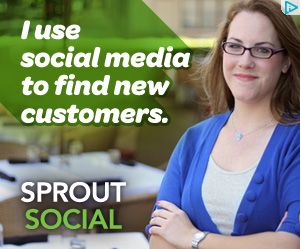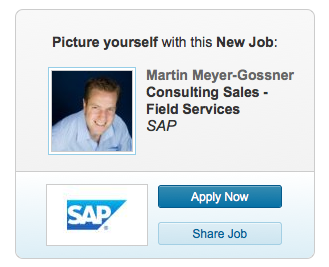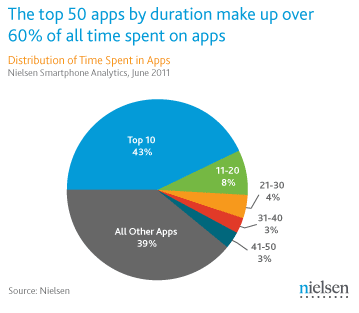LinkedIn, Twitter or Facebook? Study finds leading social network from journalists…
What’s your guess? What is the leading social network for journalists? And what does this mean to business decision makers, managers and PR professionals?
The answer by far is LinkedIn with 92% – with a remarkable increase of 7% compared to 2009. However, this does not mean that it is their main source of information. At least, this is what the latest study tells us which is called 2011 Arketi Web Watch Survey: Inside BtoB Media Usage of Social Media.
For me it was a bit of an eye-opener as I thought journalists might prefer to use Twitter to monitor sources for trending topics and breaking news. Probably, the statement has some value still. For Mike Neumeier, Pricipal, Arketi Group was not surprised…
“It comes as no surprise more BtoB journalists are participating in social media sites, especially LinkedIn. (…) LinkedIn provides an online outlet for them to connect with industry sources, find story leads and build their professional networks.”
The second largest still is not Twitter. It is Facebook. 85% of journalists are on Facebook (increase by 30% to 2009). However, Twitter comes in nearly at the same result (84%) and with the highest growth of 60% to 2009. And nearly half of the responding journalists (49%) say they blog or read blogs regularly.
“When compared to the 2009 Arketi Web Watch Survey, this year’s results show significantly more journalists are using social media tools (…) This means companies have more online channels through which they can reach media targets. This is both a blessing and curse for today’s PR professionals.” Dr. Kaye Sweetser, associate professor of PR, University of Georgia’s Grady College

Findings where journalists have their news sources…
– 80% via public relations contacts
– 77% rely on news releases
– 74% turn to newswires (i.e. BusinessWire or PRNewswire)
– 71% get from email pitches
– 56% from blogs
– 44% from micro-blogs (such as Twitter), and
– 39% from social networking sites (such as Facebook, LinkedIn and Myspace).
More than nine out of ten journalists responding (96 percent) say they prefer to receive news releases via email from companies they know, and 95 percent of business journalists say they prefer to receive news releases via email from companies they don’t know but are in industries they cover.
Journalists get crucial information regarding breaking news from the following sources…
– 85% Industry experts
– 81% Company website
– 80% Industry website
– 80% Other interested parties
– 57% Industry blog
– 53% Company blog
– 41% Industry Twitter feed
– 33% Company Twitter feed
Spot On!
Although LinkedIn is very popular among journalists, it does not seem to be the centre of attention to get a big story. Still, the direct contact and company websites have massive power and as they are probably the most trusted sources, they still lead. Still, social networks make it easy for journalists to get in touch with relevant people for good quotes. It should assume that investigative journalism is on the rise. Reading newspapers and websites today, I personally get the feeling that blogs have far more to offer.
What is your view?










 What will companies say if employees want to bring their own devices to work? How about security issues and support opportunities for companies? A real challenge for the future when we look at an
What will companies say if employees want to bring their own devices to work? How about security issues and support opportunities for companies? A real challenge for the future when we look at an